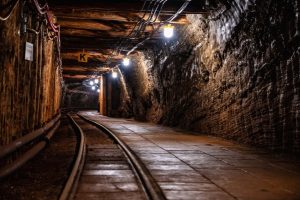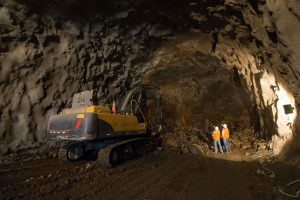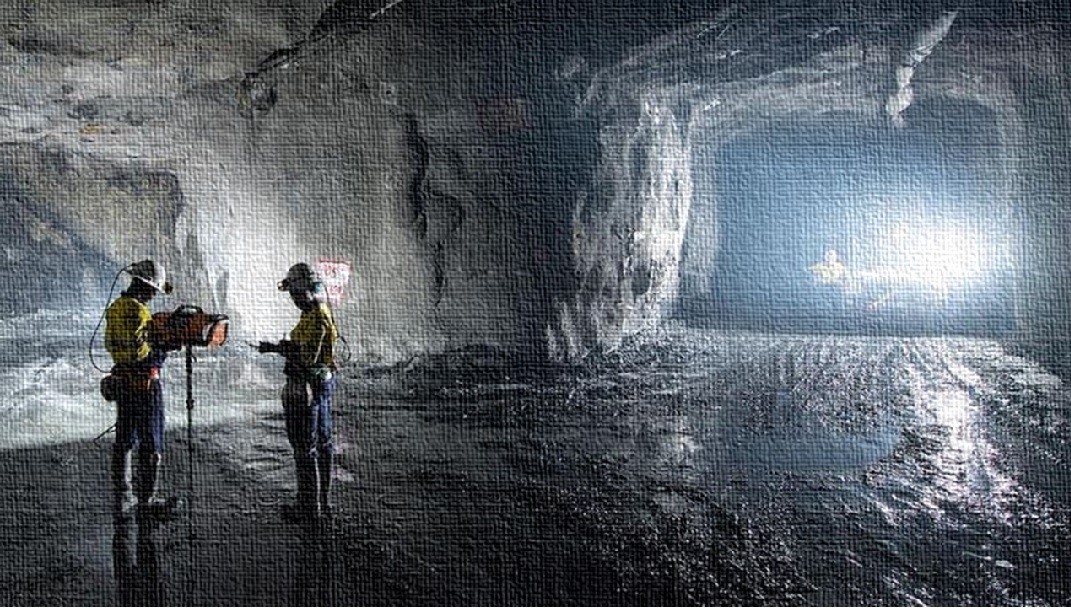Underground Excavation: Depths Unveiled
The Subterranean World
The Hidden Marvels Beneath Our Feet
Exploring beneath the surface unveils a world unknown to many, where tunnels weave through the earth, revealing a hidden network of passages, caves, and chambers. Underground excavation, an age-old practice, has played a pivotal role in human history, from ancient mining operations to modern infrastructure development. This article delves into the depths of underground excavation, uncovering its significance, methods, and applications.

Understanding Underground Excavation
The Art and Science of Digging Deep
Underground excavation involves the extraction of earth, rock, or other materials from beneath the ground’s surface. It encompasses various activities, including mining, tunneling, and construction of underground structures such as subway systems, sewers, and underground storage facilities.
The Significance of Subterranean Exploration
The importance of underground excavation cannot be overstated. It enables access to valuable resources such as minerals, oil, and natural gas, essential for powering industries and sustaining economies. Additionally, underground tunnels and structures facilitate transportation, water management, and waste disposal, enhancing urban livability and resilience.
Methods of Excavation
Traditional Techniques and Modern Innovations
Over the centuries, humans have developed various methods for excavating underground spaces. Traditional techniques, such as hand digging and pickaxe mining, have given way to advanced technologies like tunnel boring machines (TBMs) and robotic excavation systems. These innovations allow for faster, safer, and more precise excavation operations, minimizing environmental impact and maximizing efficiency. https://drillitco.com.au/

Key Considerations in Excavation
Excavating underground comes with its challenges and risks. Factors such as geology, soil stability, groundwater levels, and existing infrastructure must be carefully assessed to ensure the safety and success of excavation projects. Geotechnical surveys, monitoring systems, and engineering controls play a crucial role in mitigating hazards and optimizing excavation processes.
Applications of Underground Excavation
From Mines to Metros: Diverse Applications
The applications of underground excavation are vast and diverse. Mining operations extract precious metals, minerals, and aggregates essential for manufacturing and construction. Tunneling projects create transportation networks, connecting cities and regions while reducing traffic congestion and pollution. Underground storage facilities provide space for storing everything from energy reserves to archival materials, optimizing land use and preserving valuable resources.
Emerging Trends and Future Prospects
As technology advances and societal needs evolve, new opportunities and challenges arise in the field of underground excavation. Innovations such as 3D printing, drone surveying, and autonomous excavation equipment promise to revolutionize the way we dig beneath the surface. Additionally, the growing emphasis on sustainability and resilience is driving the development of eco-friendly excavation techniques and underground infrastructure solutions.
Conclusion
Unveiling the Depths: Navigating the Subterranean Frontier
In conclusion, underground excavation is a cornerstone of human civilization, enabling us to unlock the hidden potential of the subterranean world. From ancient mines to futuristic underground cities, the art and science of digging deep continue to shape our past, present, and future. By embracing innovation, sustainability, and collaboration, we can harness the power of underground excavation to build a more resilient and prosperous society.

